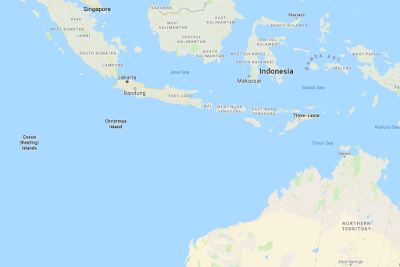The Nebraska Wellhead Protection Network (WHPN) met on Thursday, June 27 at the Upper Big Blue Natural Resources District offices in York, Nebraska.
Much of the meeting focused on Upper Big Blue NRD's Project GROW (Growing Rotational crops On Wellfields). Upper Big Blue Water Conservationist Dan Leininger and Site Manager/Farmer Scott Gonnerman talked about the method of planting and harvesting cover crops as well as the soil and water health benefits they have seen as a result. Notably, they have increased water infiltration rates from 0.5 inches/hour to over 6 inches/hour, significantly reducing runoff. They have also been able to decrease their need for applied nitrogen, saving themselves money and protecting water quality at the same time. Department Manager Marie Krausnick briefly touched on a Source Water Grant and collaboration with the City of York that makes Project GROW possible.
The meeting concluded with a tour of the Project GROW site, which is located on the City of York’s wellfield. Visiting the soybean field, WHPN members saw leafy rows peaking out that had been shielded from the previous night’s hail by the triticale stalks that covered the field.
The pollinator habitat, opposite the soybeans, looked grassy and healthy. At two years old, it’s still filtering out some of the chemicals that have been added to the soil over the years, but it will grow bigger and have more blooms as the soil health is restored.
The tour ended at the community garden, a space that is open to members of the public to grow their own fresh produce. Using what they’ve learned from the Upper Big Blue NRD staff and Project GROW, York residents are growing tomatoes, zucchini, and more. The NRD also put in a couple rows of fruit trees and bushes that, in a few years, will be open to harvest by the public.
Attendees represented several state and local organizations such as the Nebraska Departments of Environmental Quality and Department of Health and Human Services, several Natural Resources Districts, and community utilities.
Click here to learn more about Project GROW. Click here to learn more about the Nebraska Wellhead Protection Network.



















